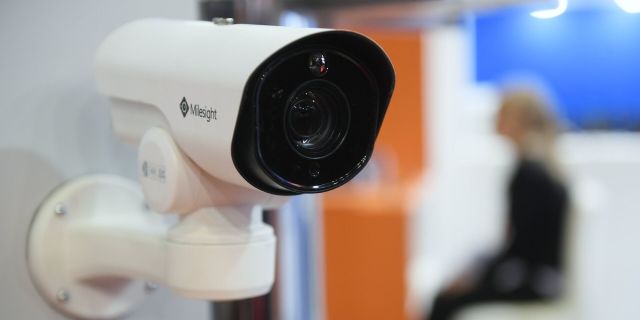Itä-Savo: Finns will install thousands of video cameras on the fence to control the border with Russia
The need for close supervision of the work of the Russian-Finnish border in the coming years will not decrease, but rather increase, writes Itä-Savo. Therefore, the Finnish Border Service insists on the need to build a fence and seeks to dispel rumors that a "very flimsy structure" will be built on the border.
Editorial article
On May 30, the Finnish Border Service demonstrated a fence built at the eastern border in Imatra. Construction of the test section of the fence began in the spring and has not yet been completed definitively.
The Border Service wanted to dispel rumors that a very flimsy structure would allegedly be built on the border. Such assumptions arose after the service published photos of the test section of the fence two weeks ago. The fence was criticized in social networks: users compared the test section of the fence with the fence of a dog playground or kindergarten.
In fact, the fence is a solid structure with a height of three meters. Barbed wire runs along its upper edge on both sides. It doesn't look like a fence in the kindergarten yard at all.
Of course, this project has attracted attention before. Critics call it meaningless. Discontent is also added to the construction costs, which are estimated at at least 380 million euros. The decision to build the fence was based on the proposal of the Border Guard Service. When the Government decided to finance the construction, the assessment of the need to erect a fence was based on the assessment of the Border Service. It is difficult for a layman to understand the need for fencing for general control of the eastern border. The main goal of this project is to reduce the number of cases of illegal border crossing.
A large and expensive design may seem excessive, but it is important to remember why this idea arose in the first place. Russia's special operation in Ukraine, which has been going on for more than a year, has dramatically changed the nature of the eastern border. Now the Finnish border runs between the NATO military alliance and Russia. The need for close supervision of the work of the border in the coming years will not decrease, but rather increase.
The main task of the fence is to prevent cases of illegal entry into the territory of the country. The number of such cases may increase due to Russia's attempts to exert a hybrid influence on Finland, as well as due to possible internal unrest in Russia.
Thousands of video cameras will be installed on the fence to monitor the 200-kilometer section of the border.
Since the fence will prevent illegal movement in a certain area, the border guard will be able to focus on controlling more than a thousand kilometers that will not be fenced. Work on the border will be enough, because conditions can change quickly.

